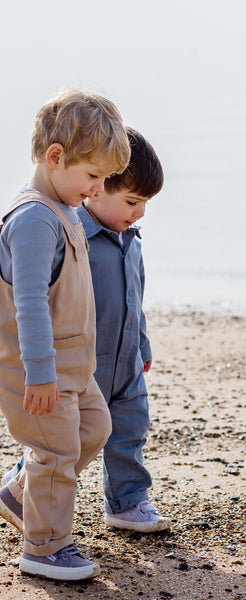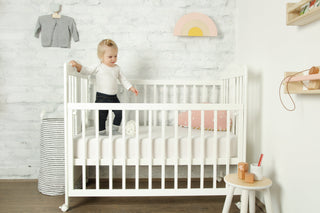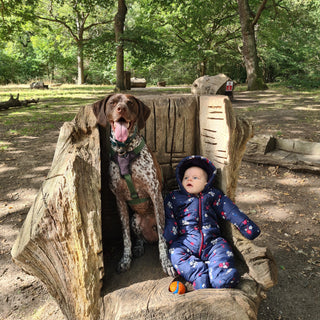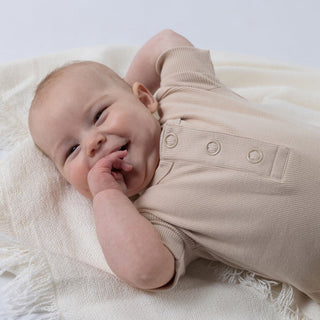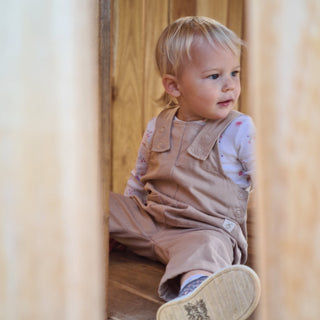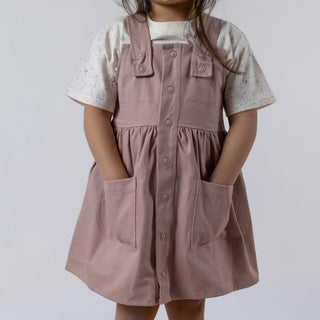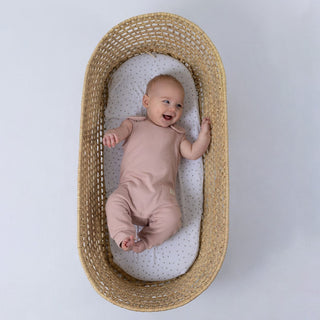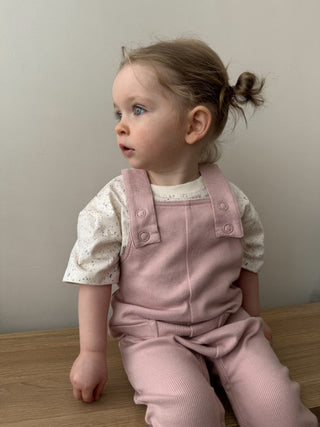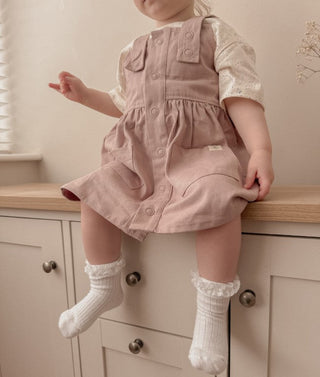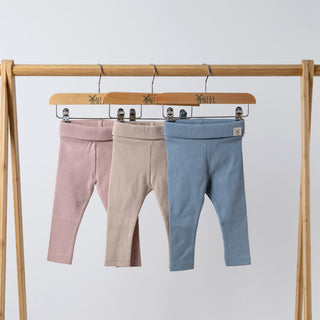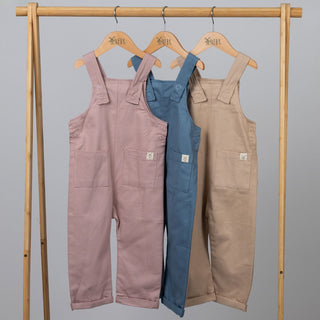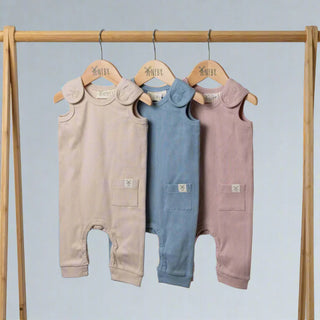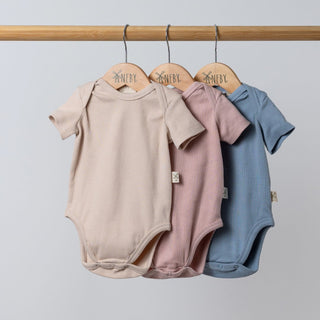When you’re shopping for your baby, it’s easy to get carried away. Tiny dungarees, miniature jackets, “just in case” outfits… before you know it, drawers are overflowing. I’ve been there. But over time, I’ve learned that a green baby wardrobe UK doesn’t need to be complicated, it just needs to be practical, comfortable, and as eco-conscious as you can manage.
This is my guide to building a sustainable baby wardrobe, based on real-life trial and error. I’ll share the pieces we’ve worn over and over, the mistakes I’d avoid, and the little things that make a big difference for both your baby and the planet.
Why Start with a Green Baby Wardrobe?
Babies grow fast. In the first year, they’ll go through at least four different clothing sizes. That’s a lot of fabric, packaging, and cost if you buy everything new. Building a green wardrobe means:
-
Choosing organic fabrics that are softer on skin and safer for the planet.
-
Focusing on quality and fit, so items last through growth spurts.
-
Buying second-hand where possible to keep clothes in circulation.
-
Avoiding impulse buys that will sit unused at the back of the drawer.
It’s not about perfection, it’s about making better choices, one piece at a time.

Core Essentials for Each Age Stage
This isn’t just when to buy, it’s exactly what to look for, how to source it, and how to care for it.
0–3 months:
Start with 6–8 vests, 5–6 sleepsuits, and a couple of soft cardigans or jumpers. We only used organic cotton, and I found wrap-over vests the easiest for middle-of-the-night changes. If you’re using reusable nappies from day one like we did, size up slightly to make room for the bulk. Buy second-hand first for these, they’re outgrown in weeks, and you can often find bundles on Vinted in perfect condition.
3–6 months:
This is when you’ll want a few leggings, long-sleeve tops, and lightweight jumpers. I prefer neutral leggings from Aneby that pair easily with other colours, it means you need fewer pieces overall. Comfort matters more than ever, because babies are starting to roll and may be sitting with support. Avoid anything too tight or with rough seams.
Toddler stage:
Durability becomes key. Our oat dungarees have survived playground trips, picnics, and endless washing. Look for thicker fabrics that can handle rough play. At this stage, I keep a “special outfit” or two for birthdays or family photos, usually bought new from small brands to support their work. Everything else is either second-hand or passed down from Darcey to Freya.
The Clothes We Regret Buying
Sometimes the mistake isn’t buying too much, it’s buying the wrong thing. For us, it was a set of branded tracksuits intended for gymnastics. They were uncomfortable, impractical, and, I’ll be honest, pretty ugly. I’m all for gender-neutral clothing, but there’s a limit to what works in real life.
Now I use a simple rule before buying: Will this be worn at least once a week? If the answer is no, it’s probably not worth the space or the cost.
Passing Clothes Down
One of my favourite things about building a green wardrobe is how many pieces can be handed down. Freya has worn almost everything that belonged to Darcey. We even use Aneby samples, prototypes with sizing quirks or missing labels, so nothing ends up in storage.
We’ll be putting these samples on sale for a nominal fee (likely £2 a piece) before the end of 2025, to make sure they get worn and loved by another family.
This is one of the biggest wins of buying quality organic clothing, it’s designed to last through multiple children, whether they’re siblings, cousins, or friends’ little ones.
Thinking About Skin Sensitivity
Both of our girls have eczema, so fabric choice matters. I could feel the difference in organic cotton straight away, softer, sturdier, and kinder to skin. Once we switched, we didn’t look back.
If your baby has skin sensitivities, avoid synthetic fabrics where possible, and check for GOTS certification to ensure you’re buying genuine organic.
You can read more about why this matters in Why Organic Clothing is Better for Baby and Planet.
Second-Hand Shopping Tips
Second-hand is my first stop. I’ve found some brilliant Vinted bargains, clothes in like-new condition for a fraction of the price. Facebook Marketplace and eBay are also worth checking, especially if you want to buy in bundles.
When buying second-hand, think about “hand-me-down potential.” Choose gender-neutral colours and patterns so clothes can be passed along without fuss. And don’t overlook preloved shops and charity boutiques, you can often find beautiful organic pieces there too.
Caring for Organic Clothes to Make Them Last
Organic fabrics will last for months, even years, if you look after them. Here’s what I’ve found works best:
-
Wash at a cool 30°C to protect fibres and reduce energy use.
-
Avoid tumble drying unless absolutely necessary.
-
Store items folded neatly in drawer organisers so they keep their shape.
-
For stains, I use washing-up liquid on grease and baking soda as a pre-treatment for tougher marks.
Both my girls wear Aneby clothes daily, and even after hundreds of washes, they still look fantastic.
For more on keeping clothes looking their best, see Everyday Eco-Friendly Baby Care.
Final Thoughts
A green baby wardrobe isn’t about chasing the perfect Instagram aesthetic. It’s about buying clothes that let your baby move freely, keep their skin comfortable, and reduce waste wherever possible.
Start with the essentials, buy second-hand where you can, and pass items on when you’re done. Your baby will be comfortable, you’ll save money, and you’ll know you’re doing your bit to tread more lightly on the planet.


